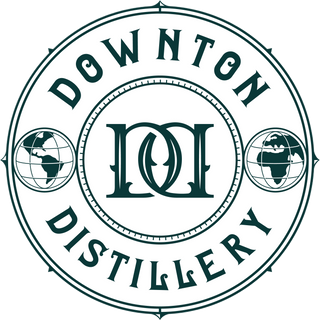DOWNTON DISPATCHES
-

Explorer's Gin wins top International award.
Explorer’s has been awarded MASTER status at the Gin Masters Competition; this is one of the most prestigious competitions held within the industry. Explorer’s Gin was one of only two...
-
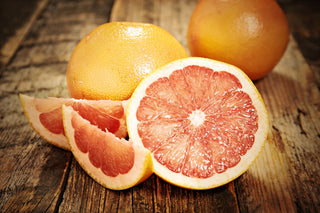
The Golden Grapefruit
The grapefruit is a hybrid of sweet orange and pomelo, which is another gin botanical used by distillers. The grapefruit brings a light, zesty sweetness to the flavour profile. Facts...
-
The Zingy Lemon
The definition of 'zingy' is someone or something full of zest that is full of flavour and brings spark and life to something. This is exactly what the lemon does...
-
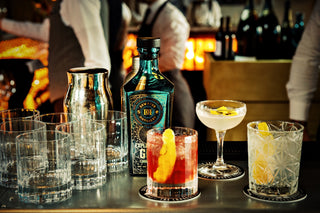
An adventure to remember?
It's been a busy six months at Downton Distillery, and we have had the great pleasure in hosting events around the country and internationally! Our events have taken us to...
-
Muddy Stilettos fall to charm of Downton Distillery
Muddy Stilettos recently reviewed artisan gins from around the country and recently informed their readership of the best regional artisan gins. We are proud to be within their top 33...
-

Downton Distillery wins Bursary Spot at Junipalooza
This week we are taking a look at a part of the show that truly defines the whole thing for us – our Bursary spot. Each year, we love to...
-

Gin Foundry Interview Downton Distillery
The following was written by the Gin Foundry team in 2019. Gin Foundry is now Spirits Beacon. It’s rare when we see a start-up with massive potential right off the...
-
The Spicy Szechuan Peppercorn
Szechuan pepper provides the warmth and spice in Explorer’s Gin. It originated from China and has been used in culinary foods since the 14th century. Most people will remember their...
-
Red Beard our Western Red Cedar
Discover Western Red Cedar On the grounds of Downton Manor House grows a very old tree who reminds me of 'Tree Beard', an Ent who appears in the Lord of the Rings....
-
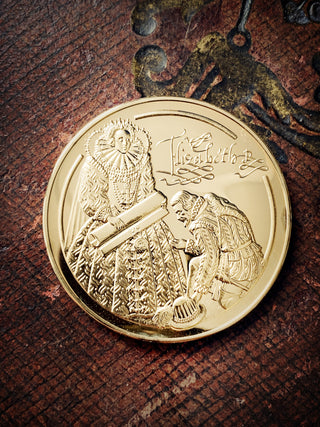
1584 The patent to settle the New World
435 years ago, on 25th March 1584 Queen Elizabeth 1 presented Sir Walter Raleigh a royal patent to settle and colonise the new world at Westminster. That April the first...
-
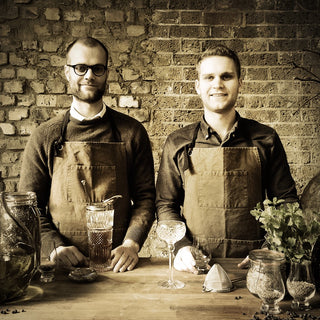
Craft vs. Scale
The following article was created by the Gin Foundry team consisting of Leah, Emile and Olivier. The subject matter is around the term 'craft' and its meaning to you, the...
-
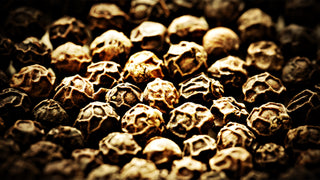
History of Pepper
Pepper is a spice that originated from southwest India and has been the world's most traded spice. Pepper grows on a flowering vine and the different colours (except pink) are...
-
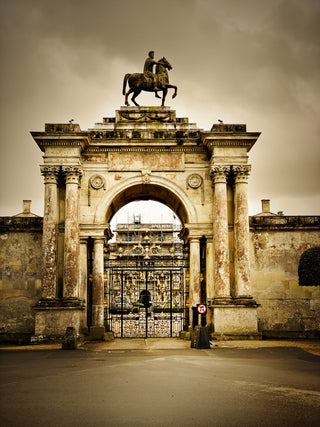
Ministry of Food at Wilton House
Explorer's Gin can now be found at Wilton House Café which is now being run by the wonderful Ministry of Food Hampshire family. On entering the Café to deliver the...
-
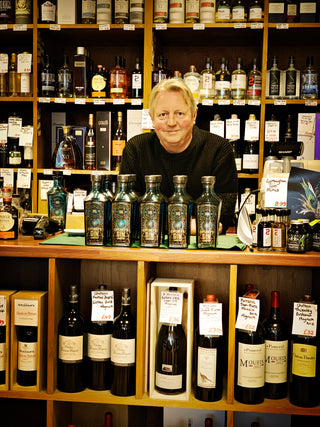
New Forest Wines
Ringwood is an old town that dates to 961 and its original name was Rimucwuda meaning 'town next to the wood'. This most likely refers to the New Forest. New...
-
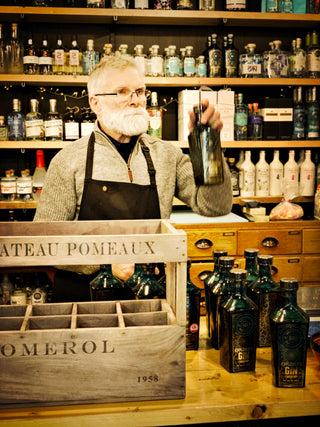
Christchurch Confectioner
To the south west of the New Forest lies the town of Christchurch. This town used to be part of Hampshire but in 1974 became part of Dorset. It's here...
-
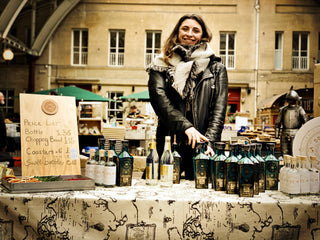
Bath Farmers Market
Explorer's Gin can now be found at the 'Bath Farmers Market' every Saturday. The market can be found in the old railway station. This beautiful building was built in 1870...
-
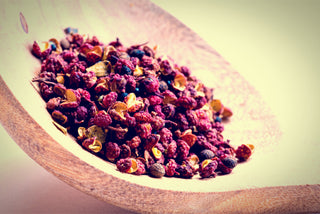
How to drink Explorer's Gin
WHAT GARNISH? This is a question that I have often been asked when talking about Explorer's gin. I believe there are no hard and fast rules, however your garnish will...
-

Salisbury Christmas Market
Explorer's Gin launched at the Salisbury Christmas Market 2018. The first two batches of 180 bottles were sold within two days, much faster than anticipated. In total 17 batches were...
